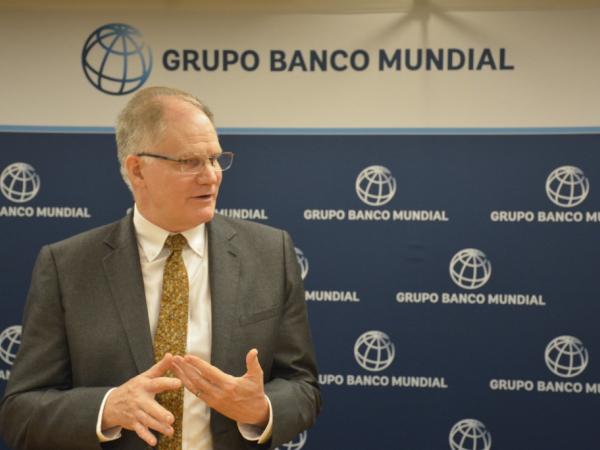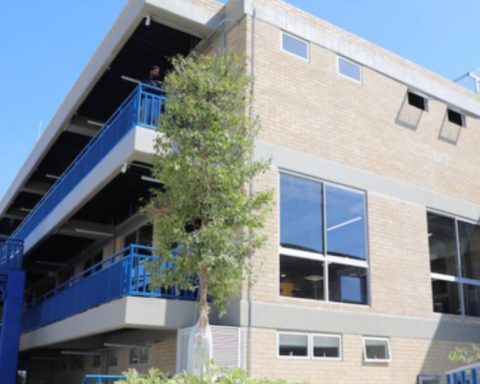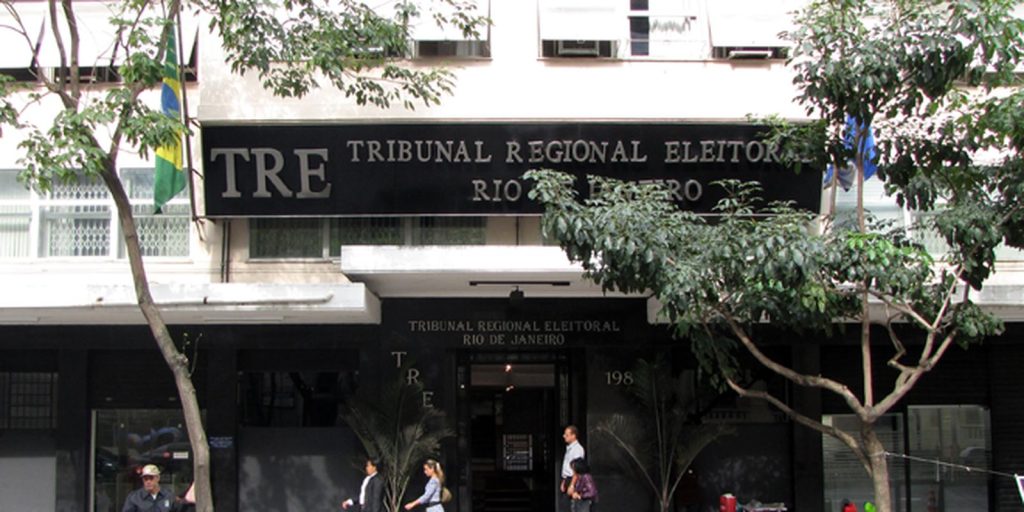Currently, Colombia and Latin America are in a favorable scenario to generate strategies that promote their economic growth, according to the World Bank, an organization that this week released its projections for 2024 and the upcoming periods, while highlighting that it is time to bet on the creation and promotion of taxes that become equity and growth.
In its report titled “Wealth taxes for equity and growth”, the WB assured that the increase in the Gross Domestic Product for the region will be around 2%, while by 2025 it hopes that there will be a little more strength and achieve an annual variation of 2.6%, highlighting that they are the lowest rates among all regions of the world, which for them highlights the persistent structural obstacles.
For reading: Five new electrical transmission works in Colombia went to public award
In this sense, Carlos Felipe Jaramillo, vice president of the World Bank for Latin America and the Caribbean indicated that to accelerate growth, the region must take advantage of the current economic dynamics, in which the United States Federal Reserve is expected to further reduce its interest rates and provide some relief to the market.
Likewise, he highlighted that the control of inflation is another positive advance, thanks to the effective macroeconomic management of the countries in the region and in this sense he highlighted that Brazil and Peru are well on their way to meeting their inflation objectives in 2024, and expects other major economies to follow soon after.
William Maloney, chief economist of the World Bank for Latin America and the Caribbean.
Courtesy – API
“The region has made progress in managing inflation and macroeconomic stabilization. This is a key moment to build on these achievements and attract the investments necessary for sustainable development, foster innovation, build human capital, create more and better jobs and empower the region to free ourselves from this cycle of low growth,” Jaramillo said.
In the case of Colombia, the World Bank predicts that GDP will have an annual variation of 1.5% this year, leaving one of the lowest projections available so far. Likewise, for 2025 it projected a growth of 3% (close to the levels recommended by analysts) and later, in 2026, it maintains that its calculations point to a figure of 2.9%.
“Corporate taxes are among the highest in the world, being the rates in Colombia and Brazil are some of the highest. Put bluntly, if a company leaving China has to choose between going to Vietnam or coming to Latin America, where there are still big challenges in all those areas and corporate taxes in some potential destinations vary between 25% and 35% or, that company could choose its new partners in Asia,” they explained in this regard.
More information: Avoid sanctions: technical-mechanical requirements for vehicles to travel through the country
That said, the report also highlights that public and private investment in the region remains low, and that countries are not taking full advantage of nearshoring opportunities, since in real terms, foreign direct investment (FDI) is at lower levels compared to those of 13 years ago, and the announcements of new investments favor other regions, mainly in Asia.
Wealth taxes
William Maloney, chief economist of the World Bank for Latin America and the Caribbean, was also part of the presentation of these data and focused on the chapter that reviewed the tax status of the region, a point at which he stated that although they are not using effective measures to take advantage the potential we have when competing on fronts such as renewable energies.
“Taking advantage of the windows of opportunity that the region has, the green transition and the nearshoring trend, requires extensive structural reforms to make the region more productive and competitive. This will require generating greater fiscal space, improving the effectiveness of the government, as well as reducing the tax burden that weighs on the productive sectors. “This is a good time for the region to reconsider what is the best way for its tax systems to generate revenue and, at the same time, stimulate growth and promote equity,” he said.
This World Bank delegate also said that the debt-to-GDP ratio escalated to 62.8% in 2024, up from 59.1% in 2019, and high indebtedness and debt services continue to hinder the region’s ability to create the fiscal space necessary for public spending and investment.

Economic growth
iStock
“Currently, Latin America and the Caribbean has some of the highest corporate taxes globally, with an average of 24.7%, above the OECD average of 23.9% and Asia. , 19%. However, the region raises only 2.7% of its revenue through wealth taxes, compared to 12.8% in North America and 4.3% in Western and Central Europe,” Maloney said. .
Thus, they recommend modernizing property valuation systems and collection efforts to take advantage of this potential; highlighting that property taxes, properly administered, could contribute up to 3% of GDP, significantly improving the region’s capacity to finance development.
















